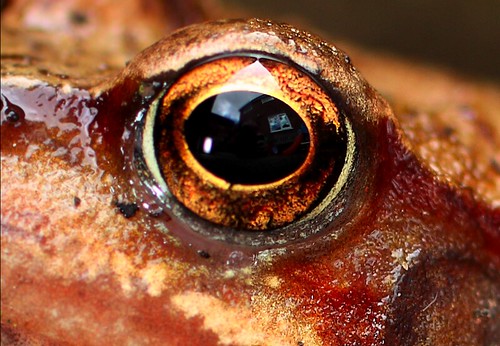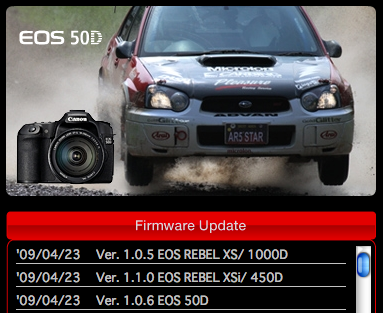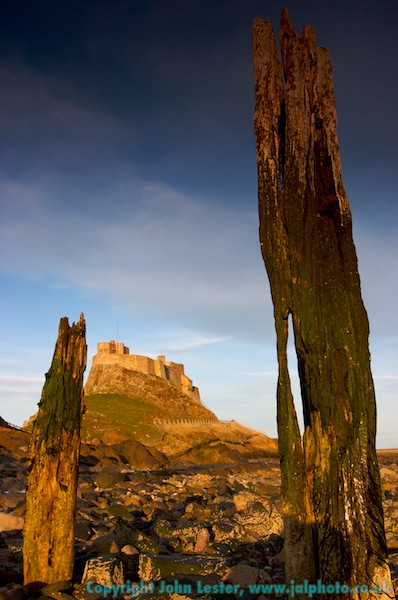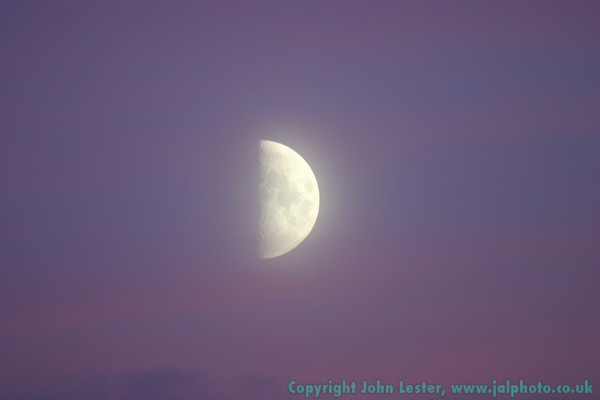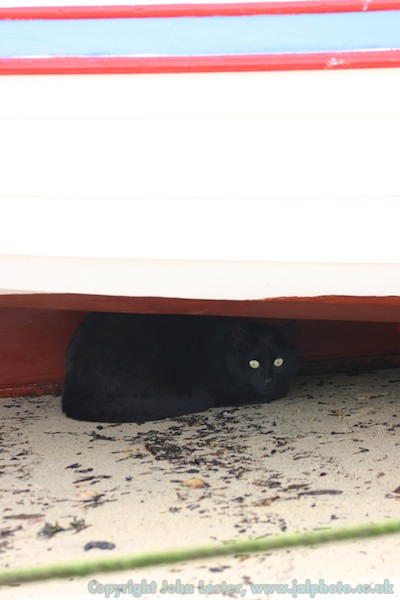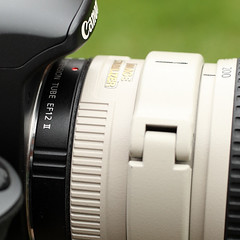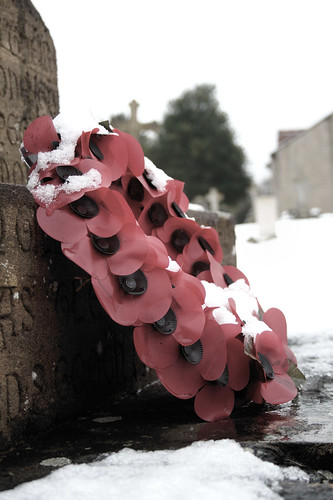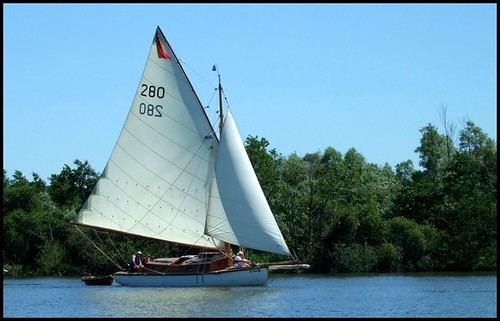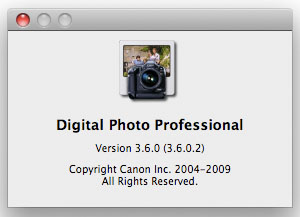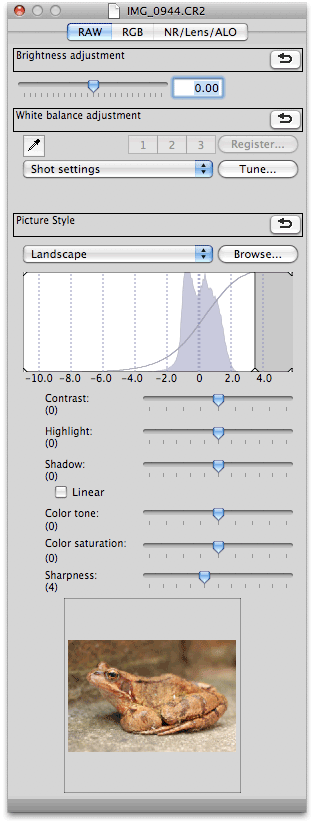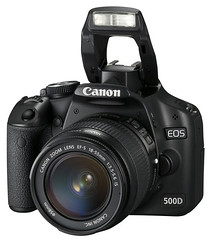I started taking “serious” photographs in the 80’s using my first Canon the AE1 which was a great camera, I loved the black design because at that time most cameras were silver. I traded that in for an A1 which was the 1Ds MkIII of it’s time.
While I was taking photographs (that’s what images were called in those days!!) for fun I developed a creative style using a selection of Cokin filters, my absolute favourite filter was a simple one that you “blanked” out the centre and took say a picture of say a church, cocked on the shutter without advancing the film then took a picture of the wedding couple using a filter that “blanked” out the outside of the picture. I can remember the great anticipation waiting for the pictures to come back from the lab to see if they had turned out, sadly something that does not happen these days in digital!!
I am now totally digital using a Canon (what else?) 1D MkIII and a selection of “L” series lenses, I am a Mac user because they just simply handle the big image files that the 1D MkIII creates, I process all my images in Aperture and export them out using presets depending on what media they are to be used for, I find all the normal adjustments can be done really quickly in Aperture and I seldom use Photoshop.
Having been a PGA golf professional all my life it was a natural progression to get involved in taking golf imagery, I use all of my experience as a golf pro and am using all my contacts to get into all areas of golf tournaments, I am now looking at my “second” career of professional photography.
I am currently re-building my website
www.chris-gill.co.uk making it into a rights managed Golf Image Library with images taken on the PGA mens and ladies golf tours plus I am building up with more creative shots which will be used by magazines and media and the like. I am currently undergoing treatment for Lymphoma and due in hospital in April for a Stem cell transplant which will “sideline” me for up to 12 months so my new career will resume in 2010.
BLAB: What colour would your Ferrari be?I like quite of few people own a silver car and have done for my last three cars! As Tiger Woods is my current day hero he always wears one colour of shirt on the final day of each tournament and that colour will be the colour of my Ferrari……. Yes it’s red!!
BLAB: What have you learnt as a photographer that you wished you knew
when you started taking pictures?To use my eyes more!! Possibly as much as two thirds of an image will be background and maybe foreground and I now pay a huge amount of attention to what’s happening outside of the main focus of the image, it pays to move and get that background correct.
BLAB: Which photographer's work do you most admire and why?In terms of golf photographers there are a number of togs out there who constantly are looking “outside of the box” Dave Cannon has consistently produced creative images many have stood the test of time over the years and have been used over and over again in many golf magazines.
I really do like the creative style of Matt Dunham of AP, lots of the togs on tour are just after a record of the players playing in the tournament and therefore do produce in my opinion some very poor images with basic errors like trees coming out of players heads, Matt Dunham is always looking for something that bit different you will often see him hanging on to a river bank trying to get creative as Tiger Woods walks by!!
My favourite photographer outside of golf is Vincent Laforet who is by far the most creative photographer I have ever seen checkout his website
www.vincentlaforet.com and some of his aerial shots, simply breathtaking.
BLAB: What would your dream photo opportunity be?This is a very simple question to answer, to cover The US Masters at Augusta for Golf Digest Magazine. Augusta is for me the main major golf event above our own British Open. Augusta is primed to be ready for the first week in April and all the flowers, trees and grasses are in total mint condition, the water is dyed blue for the week. It has so much tradition and history I would simply love to get that chance one day!!
And now for some images:

Image 1: Tiger Woods at Carnoustie, this image is part of a series and has done very well for me being used by several golf magazines across the world, my first images to get such exposure. Taken using my Canon 1D MkIII coupled up to a Canon 400mm f/2.8
I was able to get a full swing seqence due to using the 400mm lens and that the wind was in the right direction not to put off the great man!

Image 2: Part of a commission for Lexus magazine to which Annika Sorrenstam is contracted, the shoot was at Royal Liverpool Golf Club and I spent the whole day shooting a raft of images of her playing with Lexus dealers from all over the world. I was able to use my Canon 70-200 f/2.8 most of the day as I could get as close as I needed. This image was one of my creative attempts with her tossing a ball in the air and was then used as the main image in the magazine.

Image 3: Not a golfing image in fact looking at it now not a “great” image but it was my very first published and paid for image. Canon Europe used this in The Canon One magazine in 2005/6 and a number of European publications. It was taken on a Canon Experience Day at Knowsley Safari Park using my then 20D coupled with a borrowed Canon 100-400 lens which after the day I just had to buy one!!
BLAB: Chris, thanks for taking the time to come into the featured 'tog lounge today and tell us about your photography and show us some images. We hope, as I'm sure all the readers do, that your treatment goes well and look forward to seeing you back up on your feet and out shooting as soon as possible.
-blabpictures-
 EOS 5D Mark II, EOS 5D, EOS 50D, EOS 40D, EOS 30D, EOS 20D, EOS 500D, EOS 450D, EOS 400D, EOS 350D and EOS 1000D all have the ability to be powered from AA batteries when you use the Canon battery grips. The battery grips for these models come with a battery magazine that can be used with six AA batteries but AA batteries are not all equal. With battery grips costing about the same as a couple of Canon original batteries you might be tempted to try a battery grip and AA batteries instead of a pair of Canon batteries.
EOS 5D Mark II, EOS 5D, EOS 50D, EOS 40D, EOS 30D, EOS 20D, EOS 500D, EOS 450D, EOS 400D, EOS 350D and EOS 1000D all have the ability to be powered from AA batteries when you use the Canon battery grips. The battery grips for these models come with a battery magazine that can be used with six AA batteries but AA batteries are not all equal. With battery grips costing about the same as a couple of Canon original batteries you might be tempted to try a battery grip and AA batteries instead of a pair of Canon batteries.



